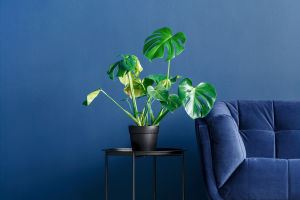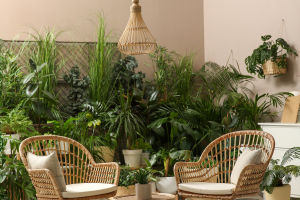Snapdragons, or Antirrhinum majus, are playful and captivating flowers that brighten gardens across the world. Lykkers, as we stroll past a garden bed full of these blooms, we can’t help but notice their unique “mouths” that open and close when gently pressed.
This playful feature gives them their name and is one reason gardeners have cultivated them since the 15th century. While technically perennials, we often grow snapdragons as annuals to enjoy their vibrant colors each season. Their charm lies not only in their bright hues but also in the way they invite us to interact with them, encouraging curiosity and wonder in our gardens.
Tall Stems and Spiraling Leaves
Snapdragons can grow between half a meter and one meter tall, with some exceptional plants reaching nearly two meters. Their leaves spiral around the stem, usually lance-shaped, ranging from 1 to 7 centimeters long and 2 to 2.5 centimeters wide. Upper stems are often rounded and glandular, while the middle can become stiffer.
Basal leaves are paired, oval to broad-lance-shaped, sometimes narrow, and typically carry a muted green color. By observing these details, we can see how each part of the plant contributes to its structure and overall beauty. The spiraling arrangement also helps capture light evenly, which supports stronger, healthier blooms.
Clusters of Vibrant Flowers
Snapdragons bloom in tall spikes, with each flower measuring about 3.5 to 4.5 centimeters long. The petals form a closed “mouth” with two lips, divided into three parts. Wild snapdragons often have pink or purple flowers with yellow lips, while cultivated varieties offer a full spectrum of reds, pinks, oranges, yellows, and whites.
Each spike can hold 8 to 30 short-stemmed flowers, creating a dense and eye-catching display. Stems are slightly hairy, adding subtle texture that makes the flowers even more visually appealing. Lykkers, paying attention to this, we can see how the plant balances beauty with function—the structure supports pollinators while making the garden pop with color.
Pollination: A Dance with Bumblebees
Lykkers, here’s an interesting fact: snapdragons rely on bumblebees for pollination. The flower’s “mouth” is strong enough that only bumblebees can push it open gently. In doing so, they access nectar while collecting pollen. Each flower has four stamens inside a slightly flared lower lip that guides the bees, creating a delicate mechanism that’s fascinating to watch.
Observing this interaction reminds us how clever and intricate nature is. By noticing these small details, we not only enjoy the flowers visually but also appreciate the careful balance that keeps the garden ecosystem alive.
Fruits and Seeds: Life Continues
After pollination, snapdragons produce small, oval capsules about 10 to 14 millimeters long. Each capsule contains many tiny seeds, ready to sprout into the next generation of blooms. This seed stage is a crucial part of the plant’s life cycle. Watching this cycle—from leaves to flowers to seeds—helps us appreciate how resilience and renewal work hand in hand. Lykkers, every stage of this plant is an invitation to slow down and notice the wonders happening right before our eyes.
From Native Lands to Gardens Everywhere
Originally, snapdragons grow from central-southern France through the eastern Pyrenees into northeastern Spain and the Balearic Islands. They thrive in walls, crevices, and rocky soils, showing remarkable resilience. Today, snapdragons are cultivated or naturalized on every continent except Antarctica. Their global spread reminds us how adaptable and charming this plant is. Wherever we grow them, they carry a sense of history, resilience, and joy—inviting us to connect with nature no matter where we live.
Care Tips for a Colorful Garden
To enjoy snapdragons to their fullest, Lykkers, we can take a few simple steps. They prefer full sun and well-draining soil, though they tolerate partial shade. Regular watering keeps the soil moist but not soggy, while deadheading spent blooms encourages more flowers. Fertilizing lightly every few weeks helps maintain strong stems and vibrant colors. By giving them a little attention, we reward ourselves with a garden that bursts with life and energy all season long.
Let’s Celebrate Snapdragons!
Next time we pass a garden full of snapdragons, let’s pause and take it all in. Their spiraling leaves, tall spikes, and playful mouths are more than decoration—they bring life, joy, and curiosity into our spaces. By welcoming snapdragons into our gardens, we invite color, energy, and stories that connect us with nature. Every glance, every gentle touch, reminds us how magical a simple flower can be. So Lykkers, let’s grow, observe, and marvel together!


